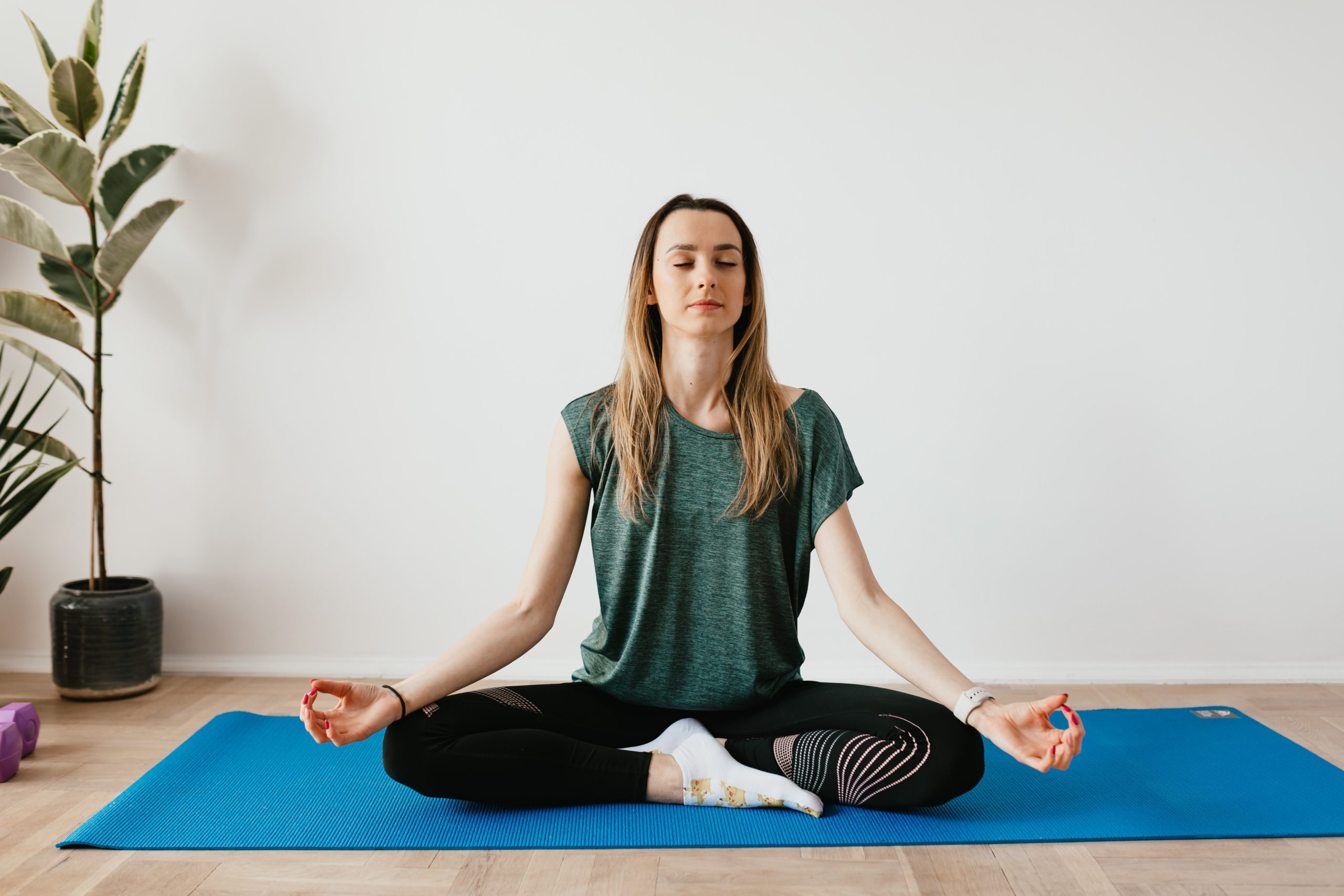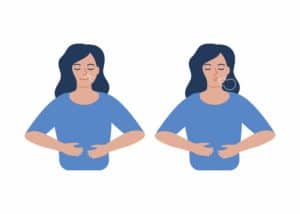Our minds are always busy thinking. When we dive into the past, we encounter regrets, resentment, and anger, sometimes longing. When we dive into the future, we face hope, anxiety, worry, and often fears. It is challenging to command the mind. So, how can we take control of our own feelings and thoughts, especially the negative-stressful ones? This is where breathing exercises come in!
Various mental fluctuations affect us physically as well as emotionally. The emotions we feel may reflect as physical sensations in certain parts of our body. For example, when we are afraid, our heart rate accelerates. When we get angry, we get a headache. When we are sad, our throats get stuck. Or we feel ‘butterflies in our stomach’ when we’re with the one we love! These psychosomatic responses are associated with chemical changes in our bodies. Breathing exercises can help our body to manage stress-related responses, prevent them weaken our immune system and pave the way for diseases.
Simple breathing exercises you can practice every day
Different benefits and purposes are associated with each method of breathing exercise. Morning breathing exercise is recommended for those who want to start the day vigorously. In contrast, 4-7-8 exercises are recommended for those who get stressed out during the day.
1. Morning Breath:
• Stand up and lean forward slightly, letting your arms swing freely.
• Inhale slowly and stand up and hold your breath for a few seconds while standing.
• Lean back slightly, return to your original position, and exhale.
With this exercise, it is ensured to start the day vigorously and with clear muscle groups. This increases your daily productivity.
2. Equal Breathing Technique (Sama Vritti):
• Take a deep breath through your nose and count to four.
• Breathe in through your nose again for a count of four and repeat this process.
Sama Vritti exercise, one of the most straightforward techniques, is known for giving comfort, especially before going to sleep. This exercise, which can be done quickly during the day, provides peace and calmness.
3. Relaxation Breathing (4–7–8 Technique):
• First, one hand is placed on the chest and the other on the abdomen.
• Breathe in, feeling your stomach swell and counting to four.
• Count to seven while holding your breath.
• Exhale slowly and count to eight as you exhale.
• Complete the exercise by repeating it several times.
Relaxation breathing, one of the most famous techniques, is seen as the most successful calming exercise. It is known for the widespread use of the technique, which can be easily adapted to daily life.
4. Breath Counting Technique:
• Get into a position where you can stand upright.
• Close your eyes and take a deep breath slowly through your nose.
• Let the breath come out by itself, without squeezing to exhale.
This method is a practical and functional breathing practice for exercise lovers. Try it between your sets while resting or after your workout.
5. Diaphragm Breath:
• First, get into a position where your body will relax.
• One hand should be just above the abdomen, and the other hand should be on the chest.
• Take a deep breath. While breathing; Just make sure that the hand on the abdomen moves.
• Exhale with a whistling sound without opening your mouth too much.
• Repeat these steps a few times and complete the exercise.
Benefits of breathing exercises
Contemporary western medicine has gradually begun to discover breathing techniques, which have been used for thousands of years to control the mind and body.
Breathing exercises, which have been included in the treatment processes by some world-renowned doctors and clinics, play a vital role in healing mental and physical disorders. Breathing exercises are especially perfect solutions for stress-related problems.
Breathing exercises can;
• Increase the power of thought, provides mental relaxation.
• Prevent stress, excitement, anxiety, and panic situations.
• Allow you to have a pleasant and restful sleep.
• Support child development in pregnant women and relieves the mother.
• Balance blood pressure and digestion. They ensure the efficient operation of body functions.
• Increase the happiness of the person by secreting the hormone serotonin.
• Accelerate the blood circulation to the skin and makes the person’s skin look brighter and more lively.
Did you know that controlled and rhythmic breathing exercises have a success rate between 68% and 73% in treating depression, regardless of the severity of depression? Studies reveal that these applications also normalize the patient’s brain waves. It was also found that these exercises are as effective as standard antidepressant drug courses.
Every time the diaphragm stretches and contracts, it stimulates the vagus nerve and lymphatic circulation, one of the most critical determinants of our overall health. When the vagus nerve is stimulated, it performs its task efficiently, relaxing the central nervous system and ensuring the balanced functioning of the enteric nervous system (i.e., the digestive system).
Scientists state that stimulating the vagus nerve gives promising results in reducing depression, anxiety disorders, epilepsy, and obesity. In addition, positive effects that support weight loss have been revealed, as satiety signals are transmitted to the brain more easily thanks to vagus nerve stimulation. In other words, correct breathing accelerates metabolism; it supports life at ideal weight while reducing the risk of a heart attack.
Go on, give these simple breathing exercises a shot and make it a part of your daily routine!
If you’re looking to build new habits and enhance your health, then it’s time to start thinking about what you should be doing differently in your life. The good news is that there are many ways to make changes to your lifestyle that can improve your health and lead to better overall wellness. If you want to learn how to live a healthier lifestyle, download wannawell app for free.




Recent Comments